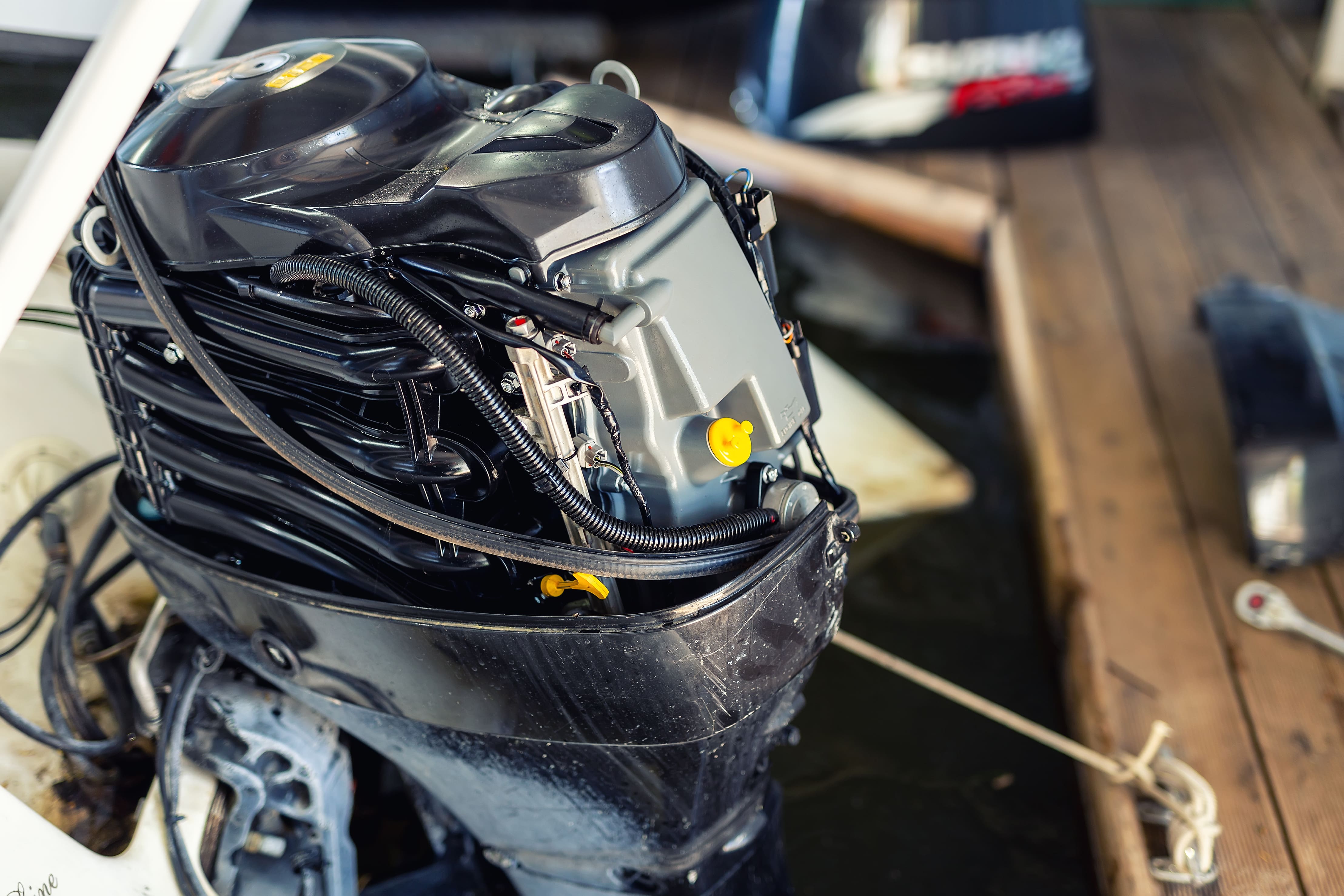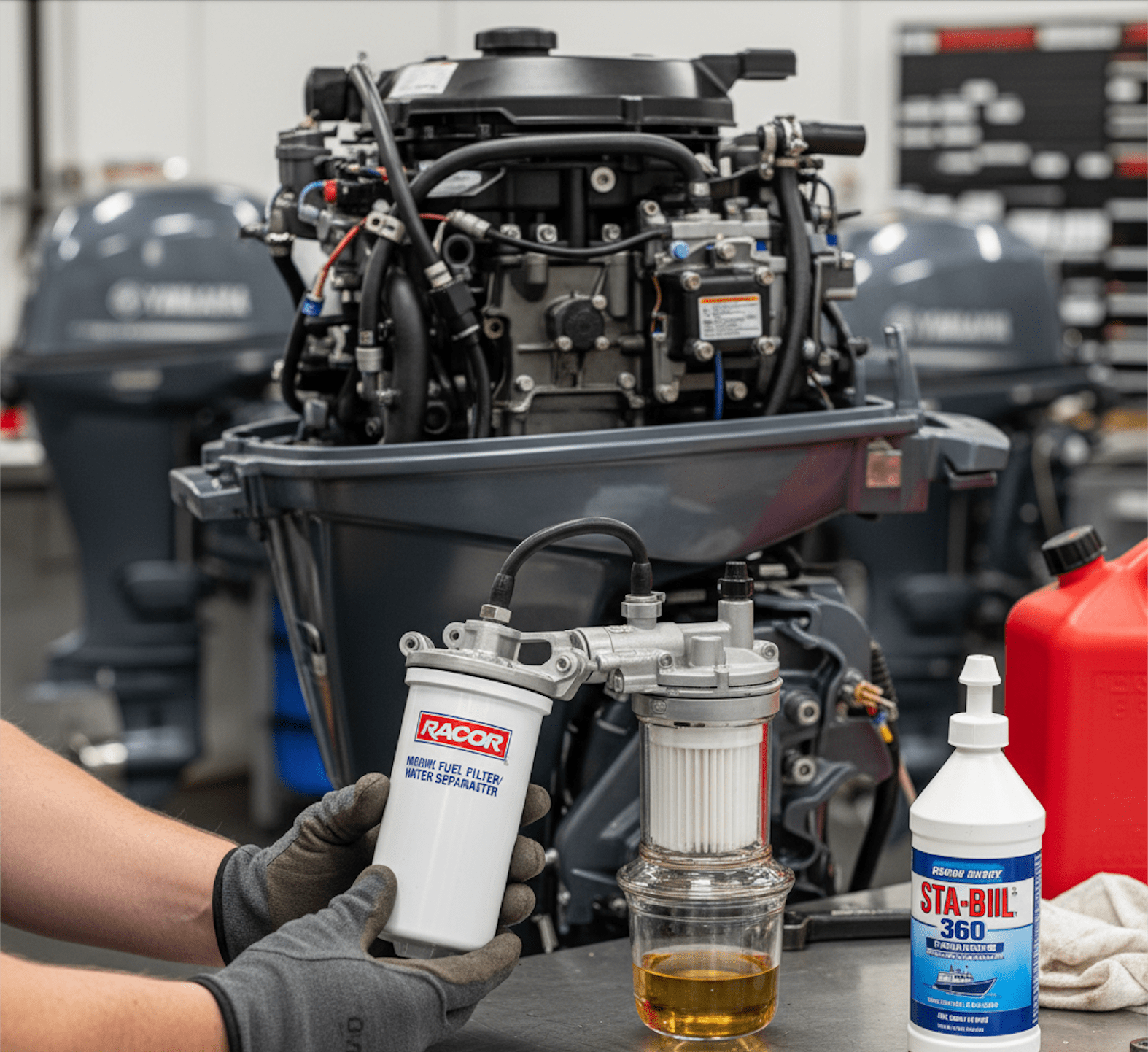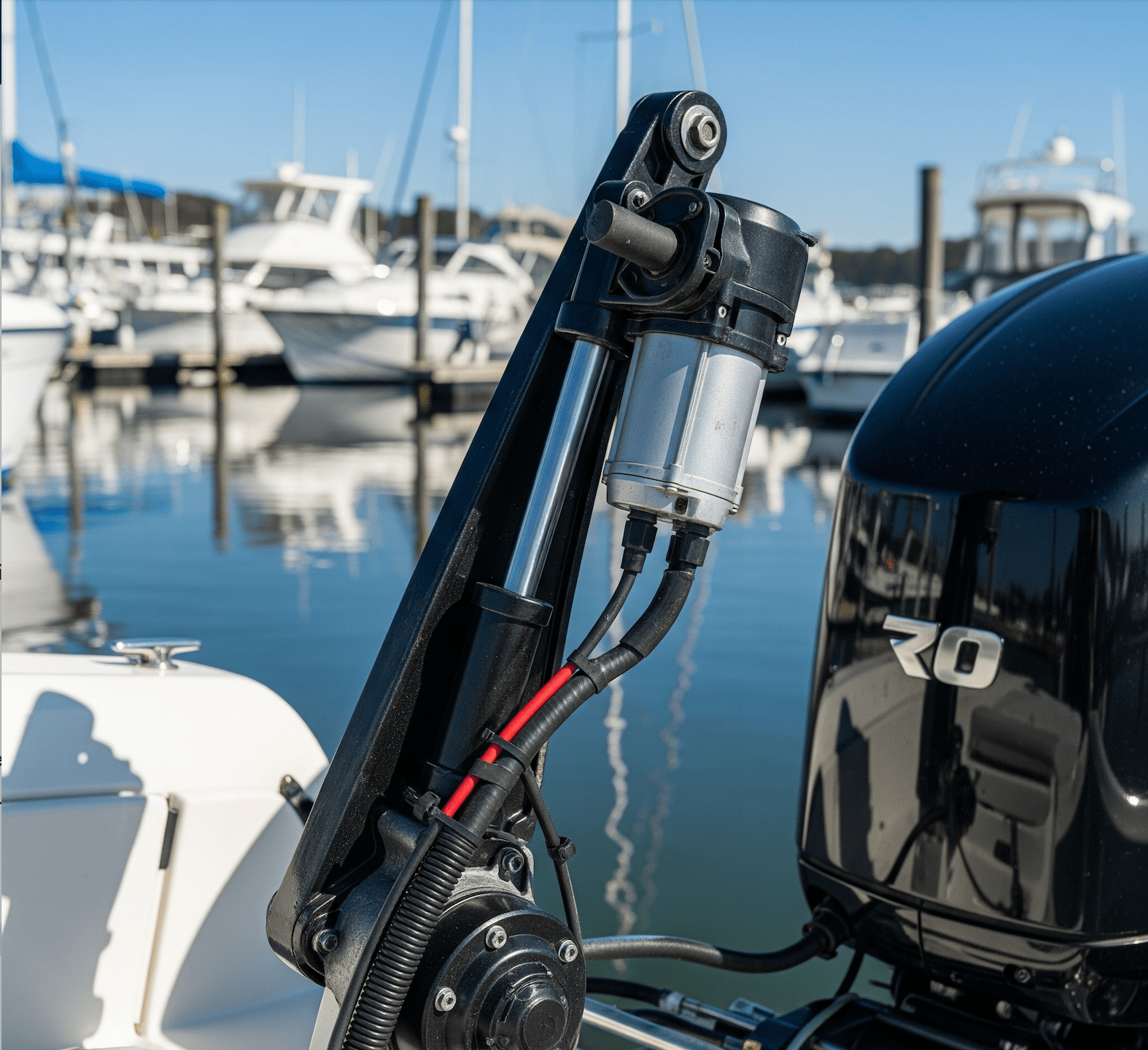Your outboard motor is a complex piece of machinery, constantly monitoring its own health through an intricate network of sensors and an Engine Control Unit (ECU). When something isn't quite right, your outboard has a way of telling you – through warning lights, alarms, and sometimes, specific error codes. Ignoring these signals can lead to minor issues escalating into major, costly failures.
Understanding how to interpret these common error codes and warning lights is a crucial skill for any boater. It empowers you to quickly assess a situation, decide whether it's safe to continue, or if immediate professional attention is required. This guide will help you decipher your engine's language and keep you confidently on the water.
1. The Dashboard Warning Lights: Your First Alert
Modern outboards often have a series of indicator lights on your dash or gauge cluster. These are your most immediate visual alerts. While symbols can vary slightly by manufacturer, common ones include:
- Check Engine Light (MIL - Malfunction Indicator Lamp):
- Appearance: Often looks like an engine block or a generic "check" symbol, usually yellow/amber.
- Meaning: This is a general warning that the ECU has detected a fault in one of the engine's systems. It could be minor (e.g., a sensor reading out of range) or indicate a more serious problem. It often illuminates even if you don't feel any immediate symptoms.
- Action: Don't ignore it. While not always critical, it means a fault code is stored in the ECU that needs to be read.
- Engine Temperature Warning / Overheat Light:
- Appearance: Typically a thermometer icon or a boat with wavy lines (often mistaken for a boat on water). Usually red.
- Meaning: The engine's operating temperature is too high. This is a critical warning.
- Action: Immediately reduce throttle and shut down the engine safely. Check the tell-tale (cooling water stream) for flow. Overheating can cause severe engine damage.
- Low Oil Pressure / Oil Level Warning:
- Appearance: An oil can icon or a drop of oil. Often red.
- Meaning: Critical low oil pressure (for 4-strokes) or critically low oil level in a reservoir (for 2-strokes with oil injection).
- Action: Immediately reduce throttle and shut down the engine safely. Check oil levels and add oil if necessary. Running with low oil pressure can destroy an engine.
- Low Battery Voltage / Charging System Warning:
- Appearance: A battery icon.
- Meaning: The battery voltage is low, or there's an issue with the charging system (alternator/rectifier).
- Action: Reduce electrical load. If possible, keep the engine running to attempt charging, but return to port soon for service. You might not be able to restart if the battery fully drains.
- Water in Fuel Warning:
- Appearance: Often a fuel filter icon with a water droplet, or a wavy line.
- Meaning: Water has been detected in the fuel filter/separator.
- Action: Stop the engine soon. Water in fuel can cause severe engine damage. The fuel filter needs to be drained or replaced.
2. The Audible Alarms: A Sound You Don't Want to Hear
Many outboards are equipped with a warning horn that emits beeps to alert the operator, often in conjunction with a warning light.
- Continuous Beep: This usually indicates a critical fault that requires immediate attention and often triggers the engine's "Guardian System" or "limp mode" (reduced power to protect the engine). Common causes include severe overheating, critically low oil pressure, or major sensor failures.
- Intermittent Beeps (e.g., Four Beeps Every Two Minutes): This typically indicates a non-critical but important warning, such as low oil in the engine-mounted reservoir (for 2-strokes) or water in the fuel filter. It's a reminder to address an issue soon, but usually allows you to safely return to port.
Always consult your owner's manual to understand the specific beep patterns for your outboard model.
3. Diagnostic Trouble Codes (DTCs): The ECU's Secret Language
When a warning light illuminates, your outboard's ECU typically stores a specific Diagnostic Trouble Code (DTC). These codes provide much more detail about the nature of the problem.
- How to Access Codes:
- Digital Gauges: Some modern digital gauges (e.g., Yamaha Command Link, Mercury SmartCraft) can display active or stored fault codes directly on screen.
- "Blink Codes" (Older/Simpler Systems): Some older outboards use a "blink code" system where the check engine light will flash a specific pattern (e.g., two blinks, pause, three blinks = code 23) to indicate the fault. You often need to put the engine in a diagnostic mode (check manual).
- Diagnostic Tools: For comprehensive diagnostics, marine mechanics use specialized computer diagnostic tools (e.g., Mercury G3, Yamaha YDS) that connect to the engine's ECU to read all active and historical fault codes, as well as live sensor data.
- Interpreting Codes:
- DTCs are typically alphanumeric (e.g., P0171, Code 4-1). Each code corresponds to a specific system or component fault (e.g., "System Too Lean," "Incorrect Throttle Position Sensor Signal," "Overtemperature").
- Your owner's manual or service manual is the best resource for a list of specific codes for your engine. Online forums (like The Hull Truth) or manufacturer service guides can also provide lists, but always verify accuracy.
4. What to Do When a Warning Appears
- Don't Panic: Stay calm and assess the situation.
- Consult Your Manual: This is always the first and most important step. Your owner's manual will have a section dedicated to warning lights, alarms, and basic troubleshooting steps for specific codes.
- Identify the Signal: Note which light is on, what the alarm sounds like (continuous vs. intermittent), and if any codes are displayed.
- Assess Symptoms: Is the engine running rough? Losing power? Smoking? Is the tell-tale stream weak?
- Critical vs. Non-Critical:
- Critical (Continuous Alarm, Overheat, Low Oil Pressure): Reduce throttle immediately and shut down the engine safely. Do not continue operation until the cause is identified and resolved.
- Non-Critical (Check Engine, Water in Fuel, Low Oil Level - Intermittent Alarm): Reduce speed, monitor other gauges, and safely return to port. Address the issue as soon as possible.
- Basic Checks: Perform simple visual checks (e.g., fuel line connections, tell-tale stream, oil level, battery terminals).
- Seek Professional Help: If you cannot identify or safely resolve the issue, or if it's a critical warning, contact a qualified marine mechanic. Provide them with the exact warning light, alarm sound, and any displayed codes for faster diagnosis.
Modern outboard warning systems are designed to protect your valuable investment. By understanding their signals and knowing how to respond, you can prevent minor glitches from becoming major headaches, ensuring more reliable and worry-free adventures on the water.
Want more outboard content? Check out our Instagram at @alloutboards!
Subscribe to our newsletter and receive a selection of cool articles every weeks.







